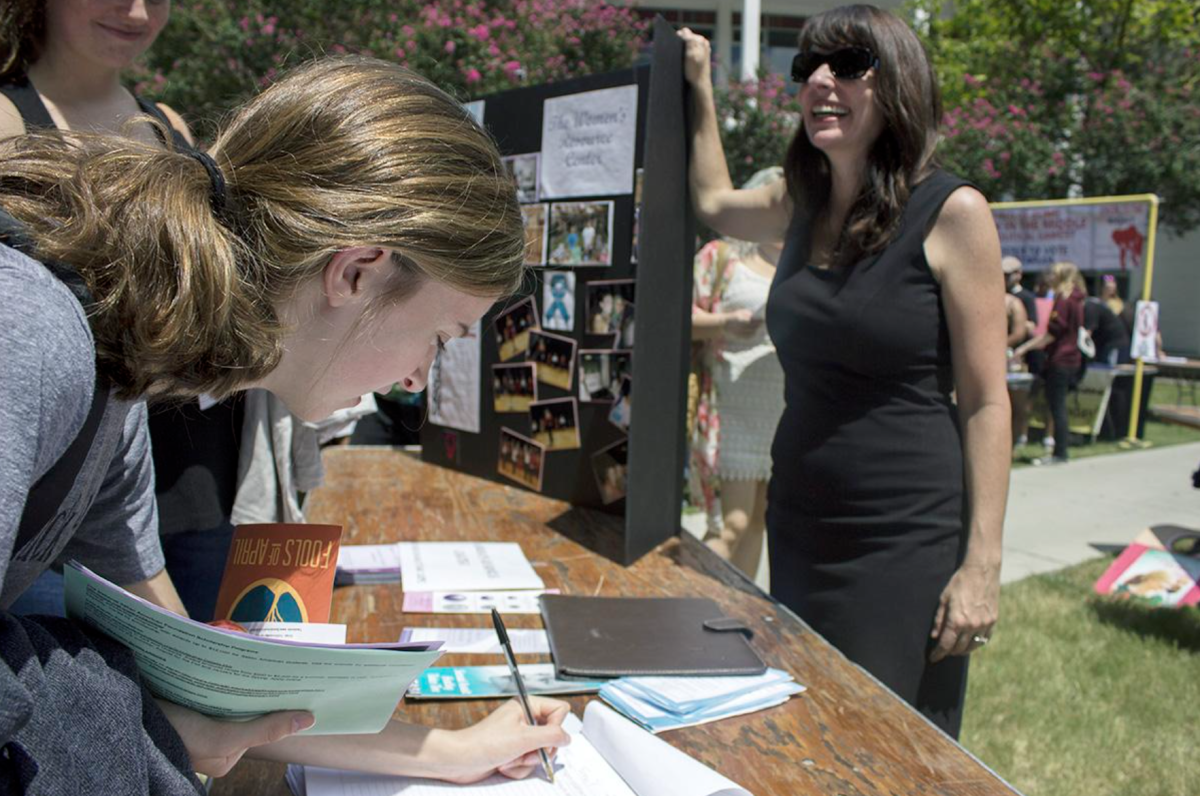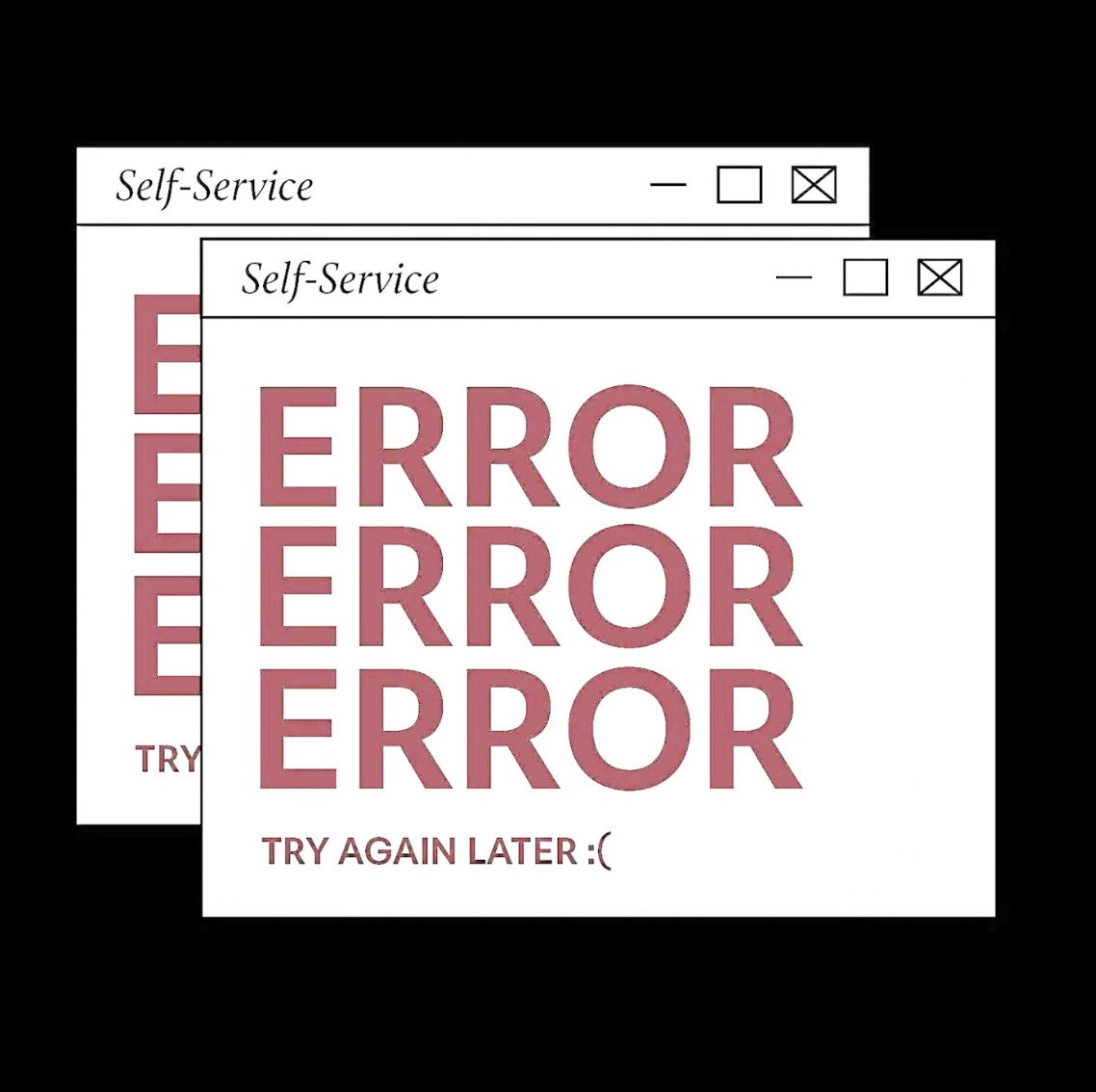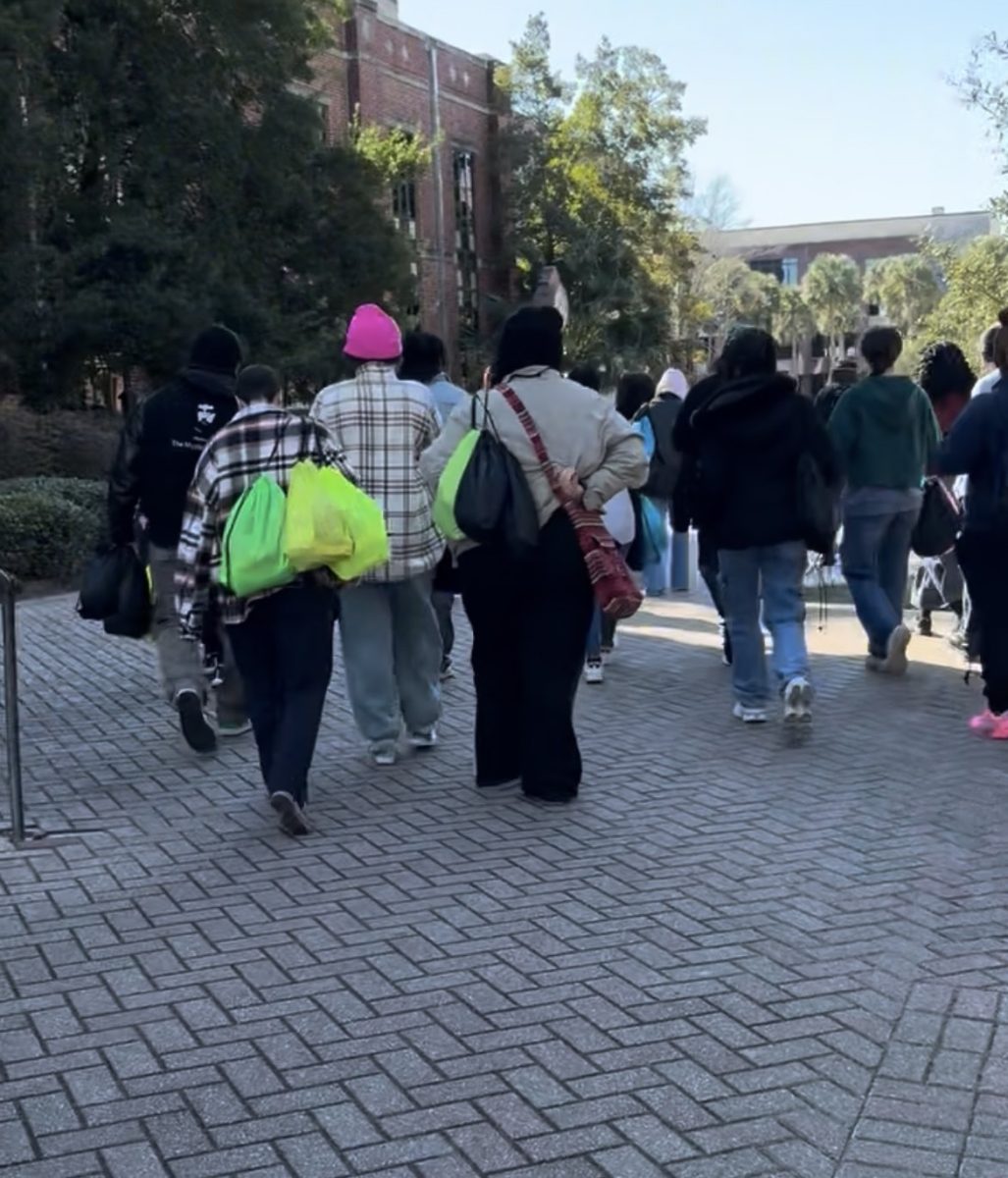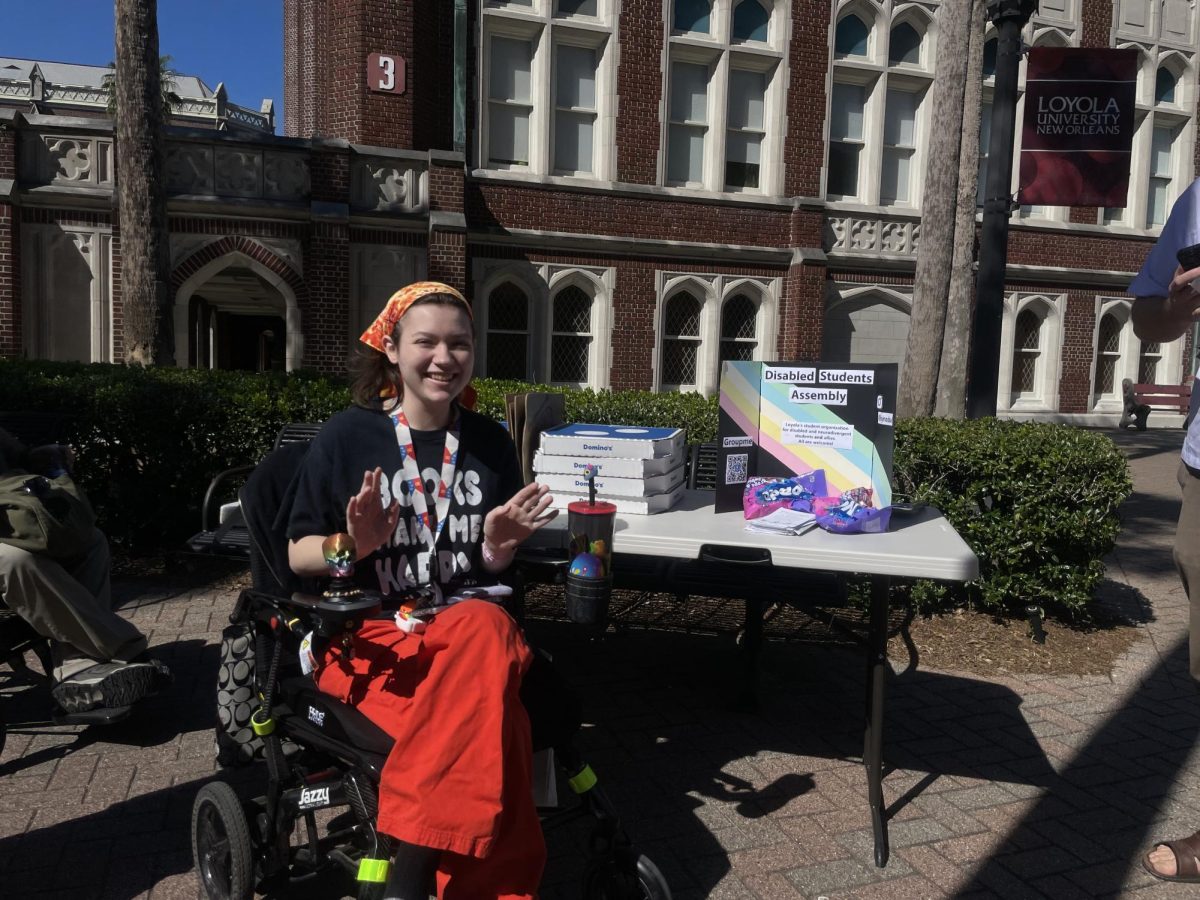The start of August used to be days in the slow heat of a New Orleans summer, a time when students were still soaking up their last few moments of freedom or still on vacation. But this year, Loyola University made August 1 something else entirely: the day your schedule could disappear if you hadn’t paid your tuition in full or enrolled in a payment plan.
The new policy wasn’t a suggestion, it was a hard deadline. No payment plan? No classes. No tuition in full? No fall semester. No exceptions.
For many students, including myself, this change created more than just financial stress. It sparked panic, confusion and a harsh reminder that college access is only getting harder to obtain.
Anxiously monitoring my class schedule, wondering if it will suddenly vanish like a Snapchat story after 24 hours. Meanwhile, I’m dialing the financial aid office, and sitting on hold for over an hour, only to be disconnected. I call back, sit on hold again and repeat the cycle until my phone battery and mental energy are both drained.
Now, to be clear, this is not a hit piece on the financial aid staff. I know they were likely overwhelmed, overworked, and undercaffeinated. But the real issue isn’t a lack of dedication on their part. It’s a lack of planning, communication and support from the university around a major policy shift that directly affects students’ ability to attend school. They could’ve at least made sure support offices were overstaffed and reachable during these new critical deadlines.
For some students, figuring out tuition isn’t as simple as clicking “Pay Now” or “Enroll in a Payment Plan.” Financial aid packages aren’t always finalized before August 1 because loan plans can take time to process, parents might still be gathering documents, and not everyone has access to resources or guidance to navigate these systems with ease.
This is especially true for first generation college students, those from working class families, or anyone juggling school, jobs and life all at once. For them, the new deadline wasn’t just a firm date, it was a barrier, one that arrived with no flexibility.
What’s frustrating is how this policy seemed to assume that every student had everything figured out by August 1, that aid packages were processed, that bills were paid, that everyone’s financial world was tidy and timely. But anyone who’s ever dealt with FAFSA, private loans or university billing knows that’s rarely the case.
In an ideal world, deadlines help us stay organized. But in this case, the deadline felt more like a trapdoor. If you fall through it, your carefully selected class schedule, and maybe even your room and board, will be dropped. There was confusion about what “dropped” even meant. Could I re-enroll? Would the classes still be available? Would my housing or scholarships be affected?
Universities have every right to set policies around tuition and payment plans. After all, they have budgets to manage and bills to pay too. But when new policies are rolled out, especially ones this impactful, they need to come with clear communication, grace periods and good support systems.
Students deserve more than a few reminder emails and a dropped schedule. They deserve a chance to ask questions, and actually get in contact with someone to help navigate complicated financial decisions.
Loyola prides itself on being a close knit community that puts students first. But this year’s August 1 deadline felt impersonal and abrupt. For many of us, it felt like we were reduced to a payment status and not seen as people with lives, circumstances and stressors outside the classroom.
I don’t believe this policy came from a place of ill intent. I believe it came from a place of logistics. But policies that affect students’ futures must be created with student realities in mind. We’re not just names in a portal or IDs in a system. We’re people doing our best to make college work, financially, emotionally and academically.
College is already hard. Let’s not make staying enrolled harder.
















